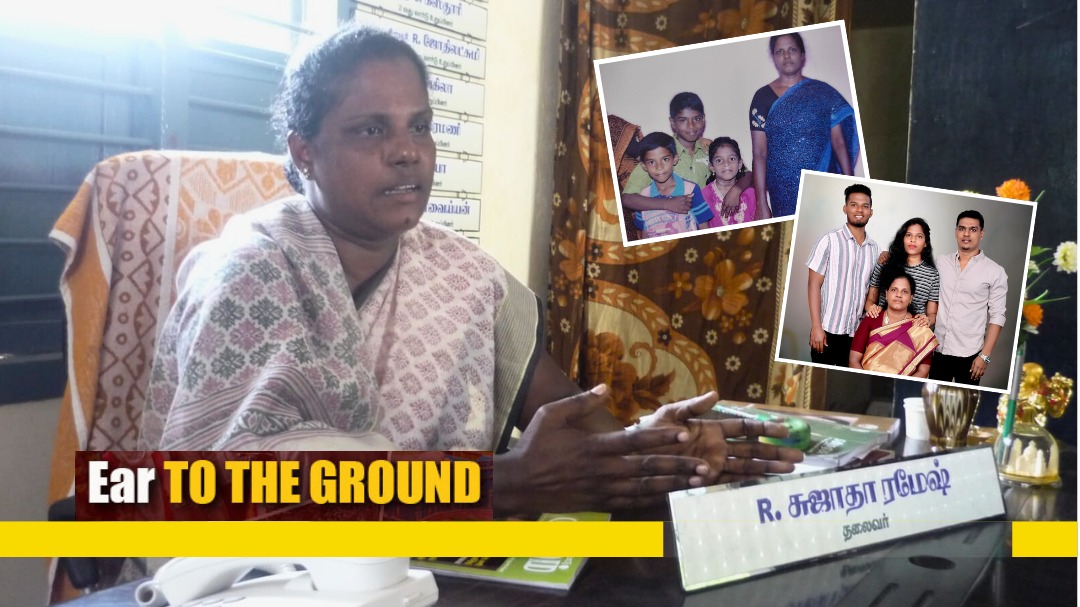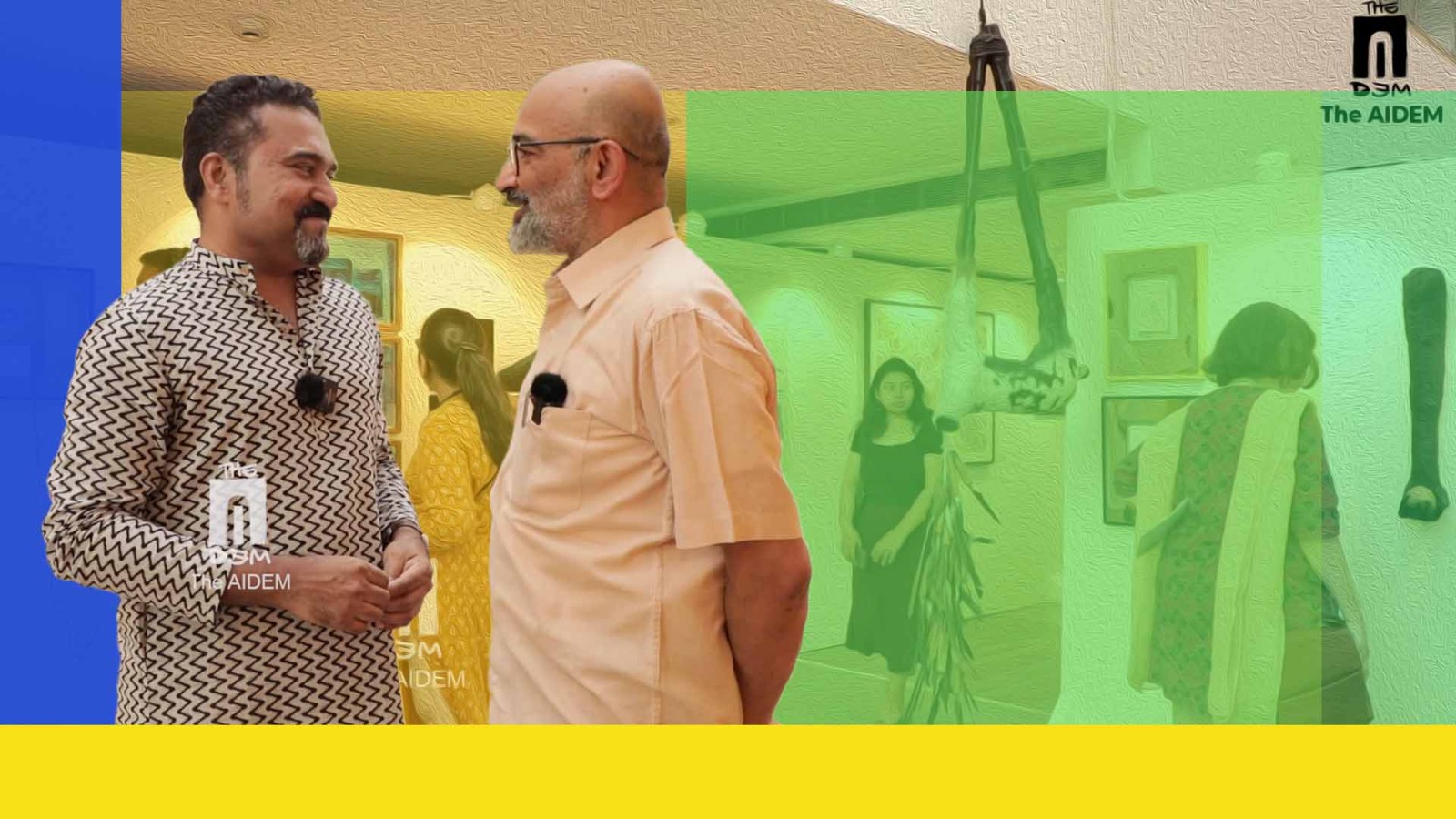Unmasking the Hidden Struggles: Late Diagnosis of ADHD in Women Explored Through “Sesham Mike-il Fathima”

In the realm of mental health, attention-deficit/hyperactivity disorder (ADHD) has long been misconstrued as a predominantly male affliction. The stereotypical image of a hyperactive boy struggling to focus in school often overshadows the nuanced experiences of girls and women with ADHD. This oversight, fuelled by societal norms and expectations, has led to a significant number of females going undiagnosed until later in life.

Enter the Malayalam movie “Sesham Mike-il Fathima,” a poignant exploration of a woman’s life marked by ADHD, written and directed by Manu C. Kumar. This movie not only captivates audiences with its narrative but also serves as a mirror reflecting the struggles faced by many undiagnosed women.
Fathima’s Tale: A Glimpse into the ADHD Struggle
The protagonist, Fathima, beautifully portrayed by Kalyani Priyadarshan, defies the conventional portrayal of heroines in Indian cinema. Fathima’s behaviour on screen resonates deeply with the experiences of many women with ADHD. She exhibits traits that go beyond the typical hyperactivity associated with ADHD in males. Fathima is portrayed as a chatterbox who struggles, indulges in creative problem-solving, and fights against injustice—hallmarks of ADHD traits.

Kalyani Priyadarshan’s portrayal skilfully captures the essence of ADHD, bringing to life a character who challenges societal norms. Fathima’s mannerisms, such as watching TV with her head on the floor and legs on the headrest, depict the restlessness and need for constant stimulation often experienced by individuals with ADHD.
Beyond the Screen: Late Diagnosis and Masking Behaviours
Fathima’s story extends beyond the cinematic realm, mirroring the real-life struggles of women with ADHD. One of the most striking aspects is the late diagnosis, a phenomenon prevalent in many cases. The lack of awareness and understanding of ADHD in females contributes to delayed identification, often occurring in adulthood.
Women with ADHD frequently develop masking behaviours to navigate societal expectations. These behaviours involve camouflaging the symptoms to conform to conventional norms. Fathima’s portrayal captures the essence of this masking as she engages in activities she enjoys, such as watching TV, to cope with her challenges.
The Unseen Traits: Being Late, Hyperfocus, and Intense Interests
While Fathima’s character sheds light on certain aspects of ADHD, there are other traits that often go unnoticed. Women with ADHD might struggle with punctuality, finding it challenging to manage time effectively. Being consistently late is a common behaviour, often misunderstood as mere irresponsibility.
A seemingly trivial detail in the movie—fainting—holds a deeper truth. Women with ADHD often forget or neglect basic self-care routines, such as staying hydrated. This oversight can result in health issues like urinary tract infections (UTIs), emphasising the real-world consequences of ADHD-related behaviours. Maybe the director did not consider this detail, the lack of drinking water, but simply introduced it to show her hardships.

Hyperfocus, another characteristic often seen in individuals with ADHD, is portrayed subtly in the movie. Fathima displays intense concentration on activities she enjoys, showcasing the ability to immerse oneself fully in tasks of interest. Women with ADHD can become deeply engrossed in activities they find stimulating, often losing track of time. This intensity of focus, while a strength, is often overshadowed by the stereotype of distractibility associated with ADHD. She is willing to go to any extent to fulfil her goals, has a to-do list and creatively finds solutions for the items in the list.
The movie does not touch upon any academic challenges faced by Fathima. In reality, women with ADHD may encounter difficulties in traditional educational settings, struggling with tasks that demand sustained attention and organisation. Academic failures become part of their narrative, contributing to a sense of inadequacy.
Women with ADHD may also exhibit intense interests, frequently changing hobbies and pursuits. This inclination to explore a variety of interests is not a lack of commitment but rather a manifestation of the multifaceted nature of ADHD.
Breaking the Silence: The Impact of “Sesham Mike-il Fathima”
“Sesham Mike-il Fathima” stands as a testament to the power of cinema in raising awareness about mental health issues, particularly ADHD in women. By portraying the complexities of Fathima’s life, the movie opens a door to discussions that were once confined to the shadows.

The director thankfully did not make the movie into a study class on ADHD, but subtly bringing it through a board in the background and referencing the little girl with ADHD. The film challenges stereotypes, dispels myths, and encourages dialogue around ADHD in women. It serves as a rallying cry for a more nuanced understanding of mental health, urging society to recognize and support individuals, irrespective of gender, navigating the intricate landscape of ADHD.
As we applaud “Sesham Mike-il Fathima,” let us also embrace the opportunity it presents—to break the silence, shatter stereotypes, and foster a more inclusive conversation about mental health in women. The unseen struggles of late-diagnosed ADHD deserve acknowledgment, understanding, and a compassionate space in our collective narrative.











